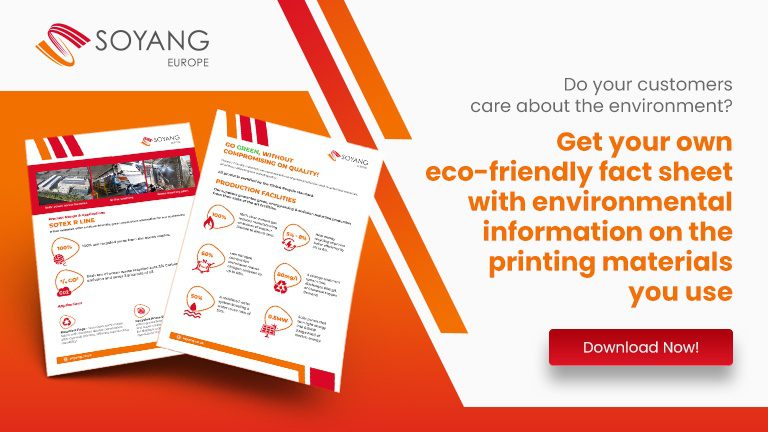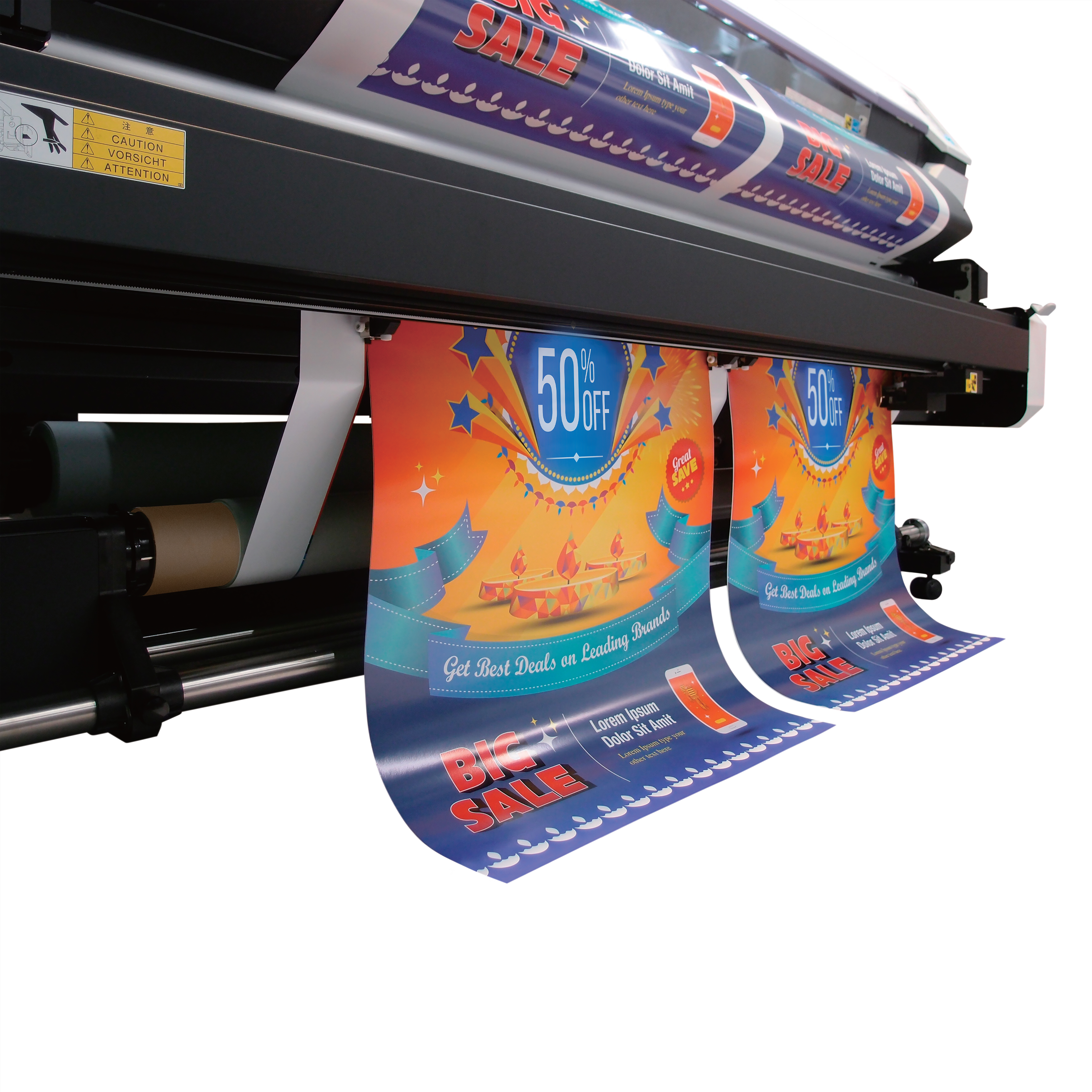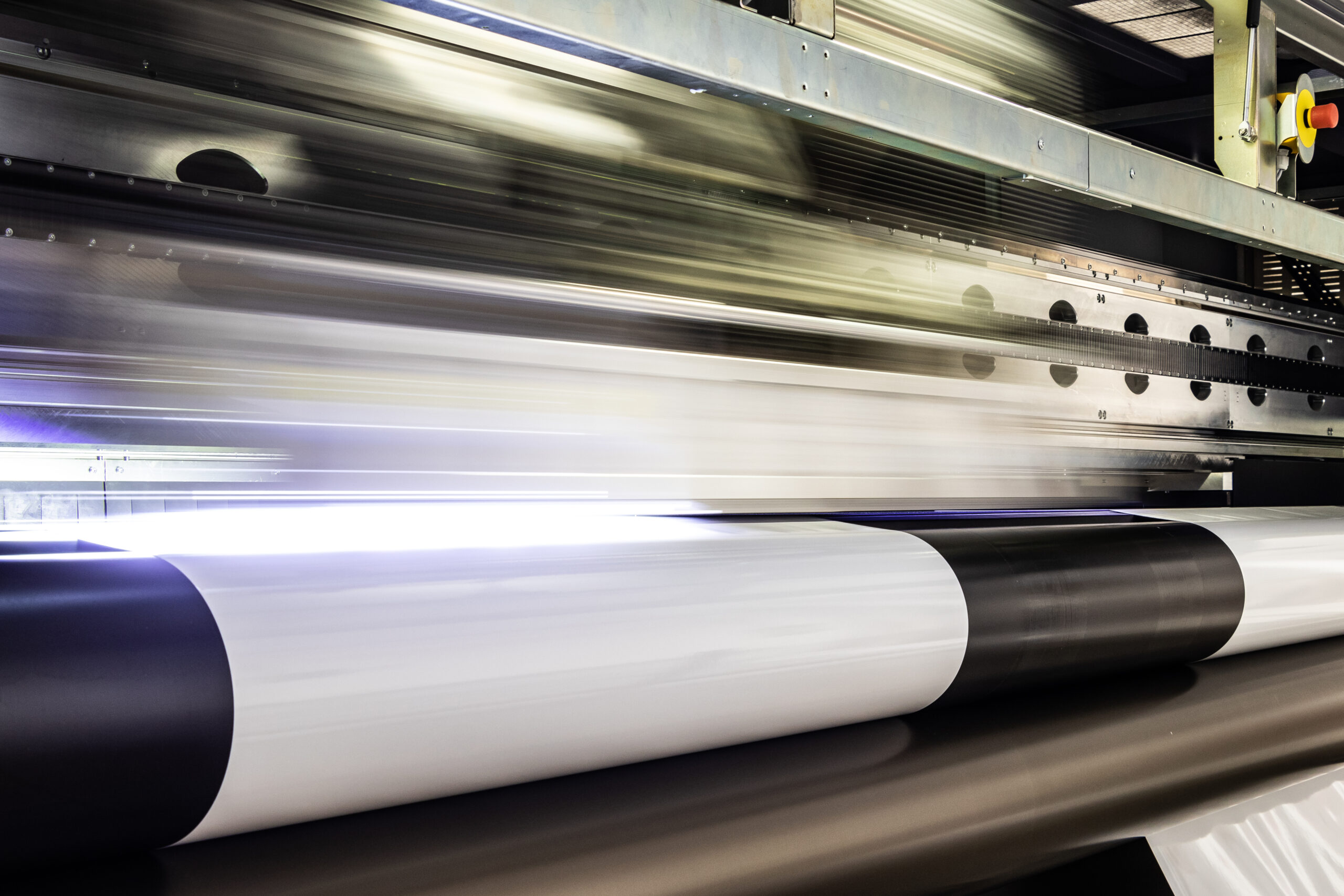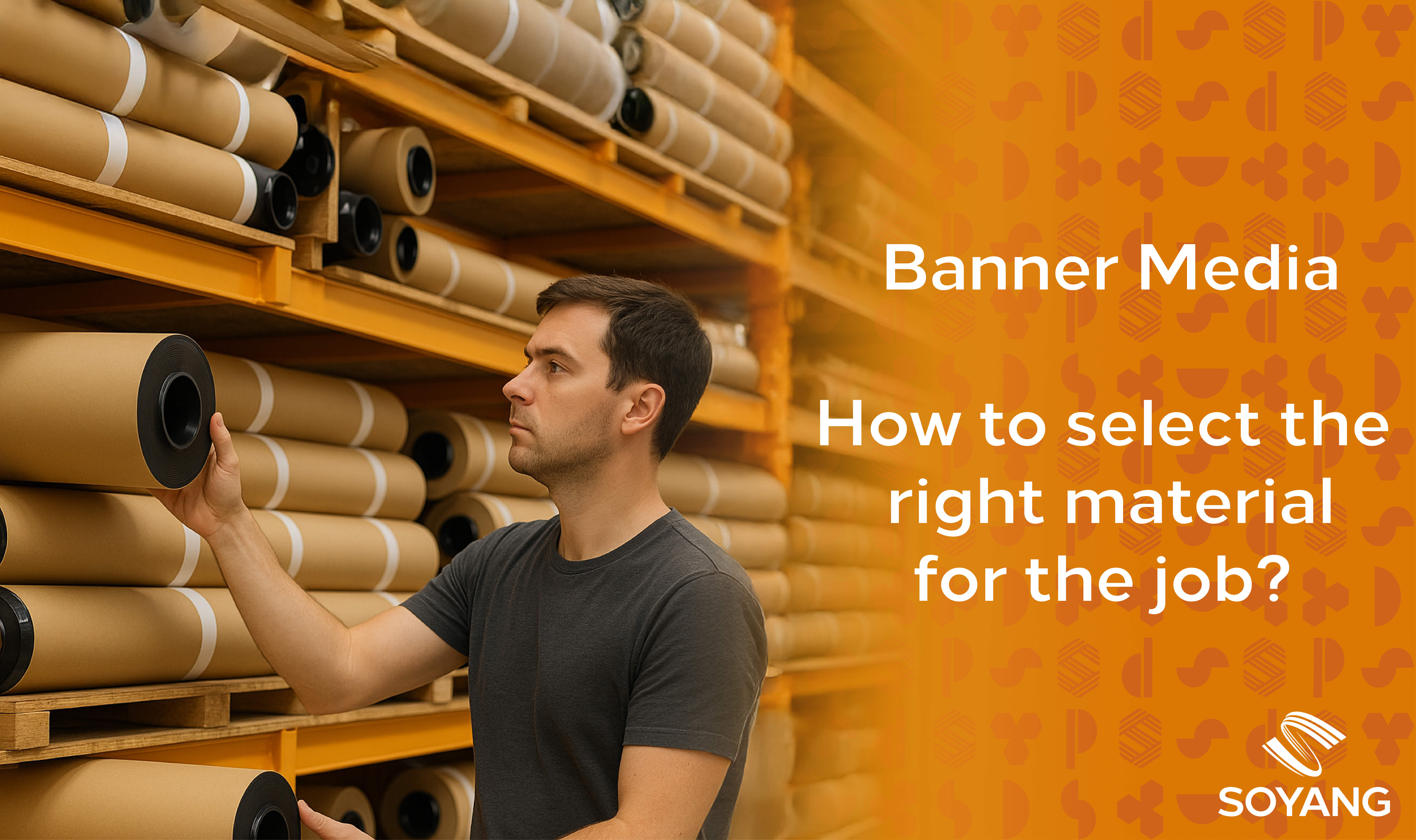Over the last few years, a range of new and exciting printing technologies have begun to transform the industry. The driving force behind many of these recent innovations has been environmental, with the aim of making the printing process more efficient, cutting costs and lowering emissions.
But with ever more efficient ways of converting high-quality digital print images onto signage and media displays, it’s often difficult to recognise the best, most suitable printing solutions.
To give you a helping hand, we’ve taken a closer look at some of the latest developments in eco-friendly printing technology and sustainable printing practices.
UV LED lamps
Designed as an energy-efficient alternative to traditional print-drying techniques, UV LED printing technology uses a unique drying method, known as UV curing.
As the name suggests, this method relies on ultraviolet light rather than heat to dry the ink, speeding up the printing process and reducing the absorption and diffusion of the ink into the stock.
As a result, UV LED printers use less power and around 20% less ink than a traditional printing press, making them more cost-efficient and much kinder to the environment. What’s more, the faster drying time significantly improves the quality of the print, giving you sharper, bolder designs and a greater depth of colour.
UV LED ink-drying systems are long-lasting, eco-friendly, and provide a much quicker turnaround time, saving you time and money and drastically reducing your overall CO2 emissions.

Hybrid print heads
While most of us associate the word hybrid with motoring, in the printing world, it describes the combination of digital and analogue printing techniques.
By adding hybrid print heads to a conventional press, you’ll get all the quality and flexibility of digital printing, while retaining the cost-efficiency associated with more traditional methods.
Hybrid presses can handle more jobs in a shorter space of time, helping you increase productivity, serve more clients and take on more complex and demanding jobs.
Hybrid printing machines are highly automated, allowing for continuous printing, which drastically reduces production times. So you’ll get a faster, more efficient printing process and reduce your carbon footprint into the bargain.
Automation
Perhaps the biggest innovation in recent years has been automation. By automating the printing process, you can cut costs, reduce manpower and streamline your entire operation.
It’s easier than ever to integrate digital printing software into your existing setup, and the benefits can be far-reaching. You’ll be able to eradicate human error, saving yourself time and money and protecting the integrity of your brand, improve output quality and provide a better service to your customers.
Automated printing processes can help you bridge the gap between print and digital media, enabling you to create eye-catching campaigns across multiple channels, from banners and brochures to email, social media and mobile.
When you implement large format digital printing software, you’ll see a big difference in turnaround times. Large print runs that in the past might have taken three to four days, can now be condensed into just a few short hours.
With quicker turnaround times, less waste and a significant reduction in man-hours, automated printing processes will help you run a greener, more efficient and more sustainable operation.

Organic inks
One of the more recent eco-friendly initiatives to hit the industry is organic ink. Made from natural compounds, such as soy, canola and linseed oils, these inks are safer for you and the environment.
Traditional inks are made from petroleum and release volatile organic compounds (VOCs) into the atmosphere during the printing process. Not only are petroleum-based inks harmful to the environment, but if handled incorrectly, they can also be detrimental to the health of your employees.
By switching to inks derived from organic compounds, you can nullify some of these negative effects and significantly reduce your carbon footprint. Vegetable-based inks are free from VOCs so they don’t contribute to the greenhouse effect, making them much better for the environment.
The range of greener, more sustainable print inks available on the market is growing rapidly, with vast improvements in colour, quality and design. And while they may not be the most practical or cost-effective solution in their current form, industry insiders are confident that as the green revolution gathers pace, these organic-based inks will become the norm.
A greener future for us all
In recent years, the print industry has championed a number of green initiatives, with sustainable, eco-friendly techniques becoming more and more popular. As well as protecting the environment, innovations like hybrid printing and automation have helped companies to improve day-to-day processes, reduce costs and streamline their operations. So for many in the print business, embracing the green revolution has been a win-win.








